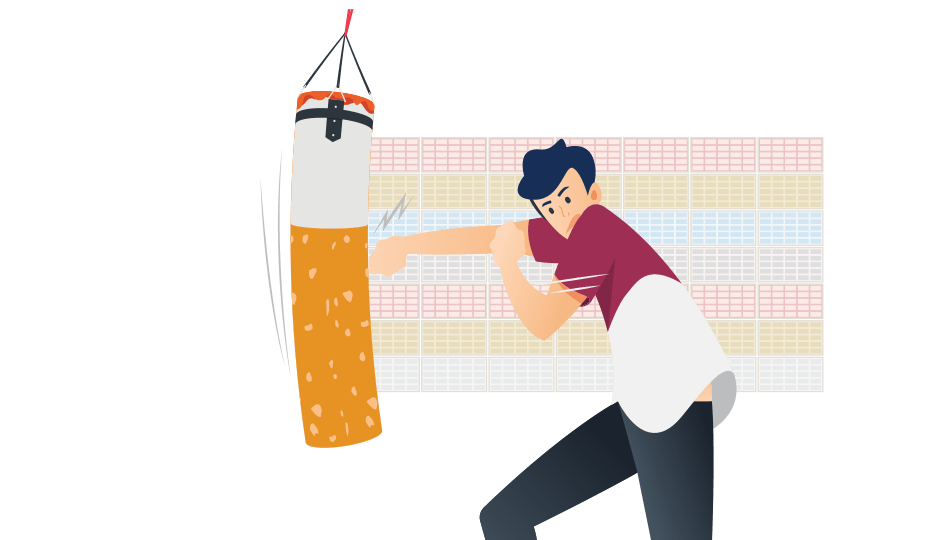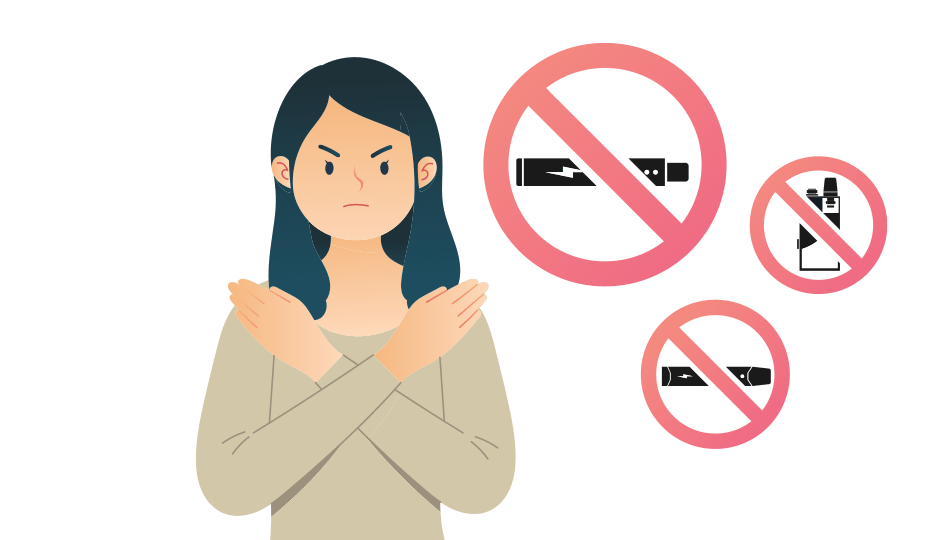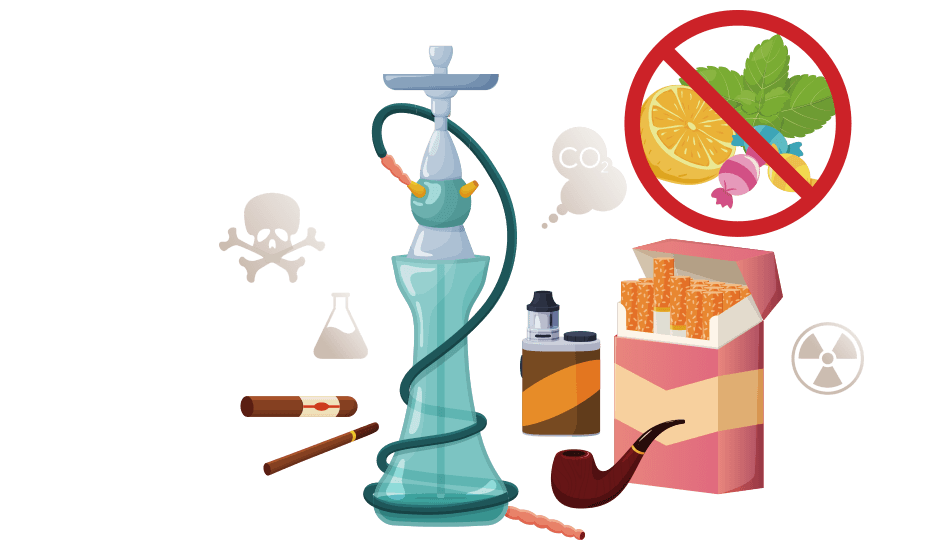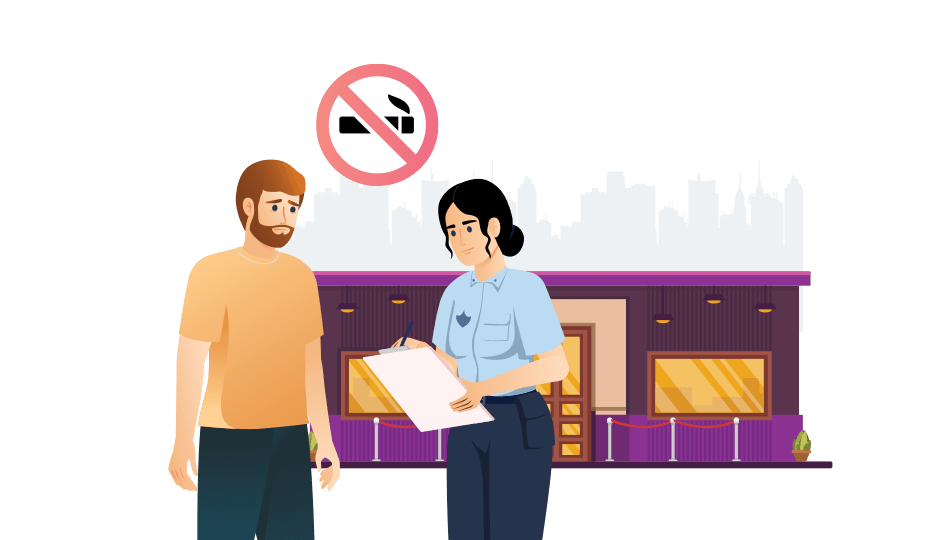To further reduce the smoking prevalence, we need to reduce the demand to tobacco products by smokers on one hand; and regulate the supply channels and reach of tobacco products on the other. We may achieve the above target by various means, including to influence the retail price of tobacco products, step up the regulation on sales targets, as well as introducing more effective measures to combat illegal cigarettes. Directions and measures that can be considered under this strategy are listed below:
Despite Hong Kong has banned all forms of tobacco advertisements, tobacco companies would make use of various promotion strategies to make tobacco products more attractive and trigger consumers’ desire to use the products. Flavours, sensation, packaging, design and exhibition of tobacco products may all create strong appeal for smoking, and even create misconception on the level of safety of tobacco products or reduce smokers’ risk perception to the products, thereby damaging the rights of the consumers. We may take reference from international experiences to strengthen the regulation on the packaging, flavours and display at retail outlets of tobacco products, so as to reduce its appeal. Directions and measures that can be considered under this strategy are listed below:
Both second-hand smoke and tobacco smoke are hazardous, as they can cause many severe diseases. The negative impact on health by second-hand smoke is evident irrespective of the time and level of exposure. Researches show that expanding statutory no smoking areas (NSAs) in public venues has been proved to be an effective way to protect the public from exposure to second-hand smoke and regulate smoking behaviours. Recent surveys by the Government also showed that there is a clear support from the public on the expansion of NSAs. Directions and measures that can be considered under this strategy are listed below:
Tobacco is highly addictive, so helping smokers to quit is critical to the success of other tobacco control measures. Smoking cessation is beneficial to smokers of any age. There are a wide range of smoking cessation treatment methods that have been proven effective. Despite the majority of smokers quitted without any assistance, studies show that counselling and drug treatment can boost the quit rate substantially. Through the provision of smoking cessation services in a more personalised manner, healthcare professionals can better assist the smokers to quit smoking while the Government may also formulate tobacco control policies more precisely. Directions and measures that can be considered under this strategy are listed below:

























